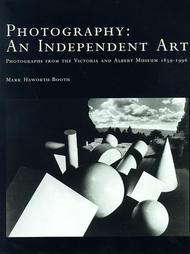The Daguerreotype (Photography at the Musee D’Orsay)

On January 7th 1839, during a session of the Academy of Sciences in Paris, the physicist and politician Francois Arago presented a new process to reproduce images, using mechanical and chemical means without any manual intervention in a dark room. This procedure became known as the daguerreotype and marked the official birth of photography. Louis Daguerre’s invention, in which a single image is exposed directly onto a mirror-polished copper plate coated with silver halide particles, definitively altered the way we look at the world and the representations we make of it, both artistic and scientific.
Organized to complement an exhibition of British calotypes at the Musee d’Orsay (calotypes were the first paper-based photographic process, perfected by William Fox Talbot), this collection of French daguerreotypes drawn from the Musee d’Orsay emphasizes the particular aesthetic of these unique photographs, which are at once positive and negative. The development and rapid, but ephemeral, spread of Daguerre’s invention in France are illustrated by the variety of subjects and the depth and quality of the collection the Museum has built up over the last few years.
Dominique de Font-Raulx is curator of photography at the Musee d’Orsay. She has written extensively on photography. She is the author of The Dawn of Photography: French Daguerreotypes 1839-1855, as well as two books in the Photography at Musee d’Orsay series: The Artist’s Studio and The Work of Art and Its Reproduction.
Out of stock
Out of stock

